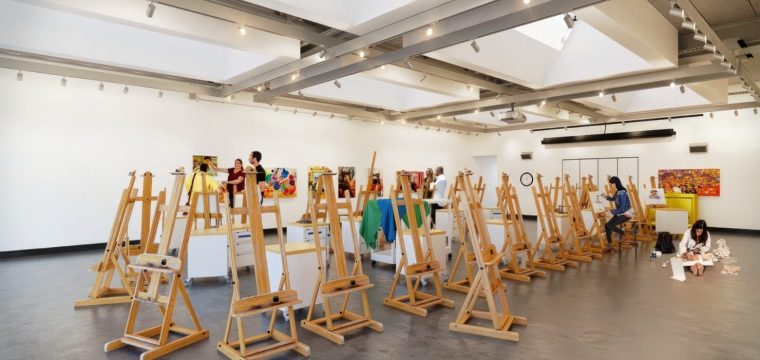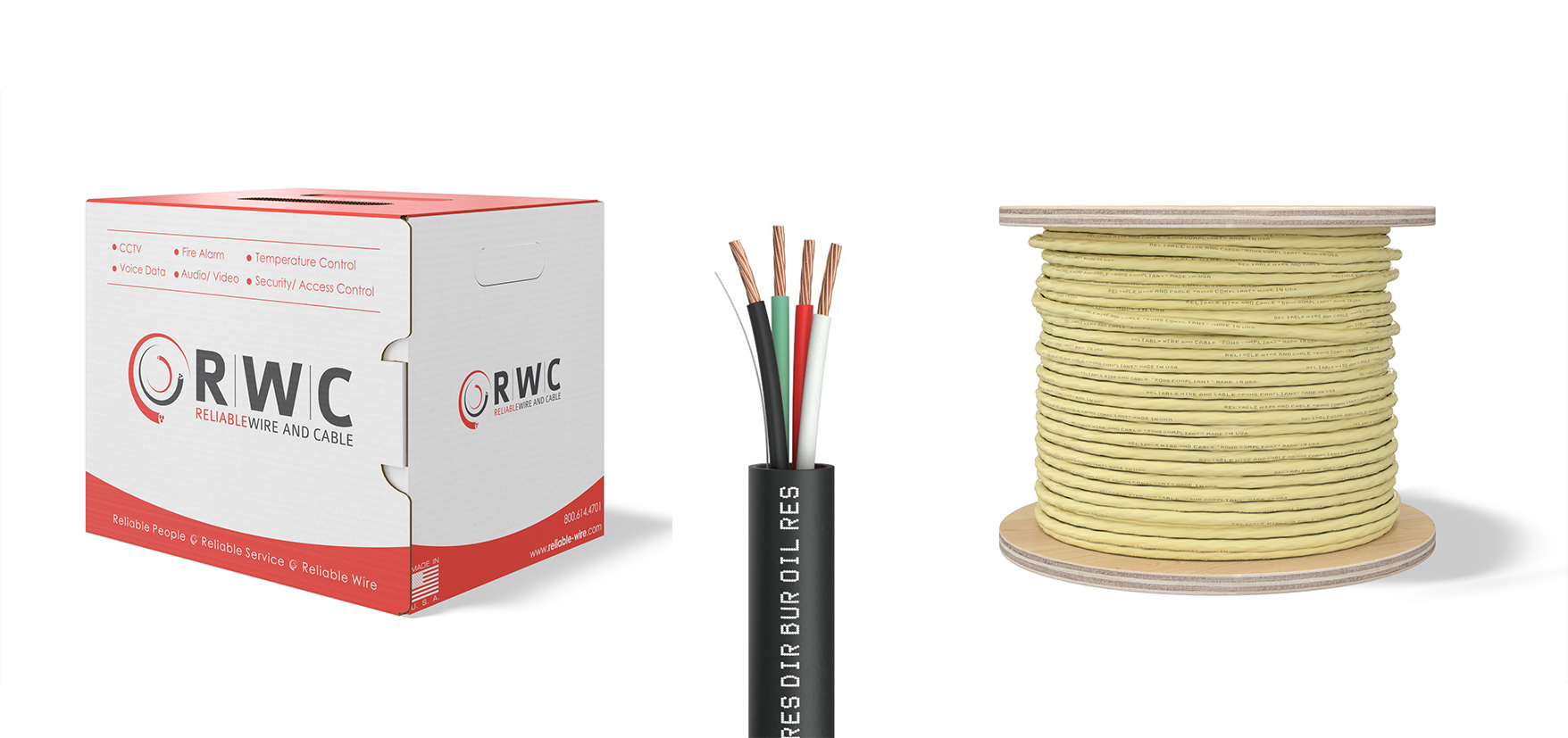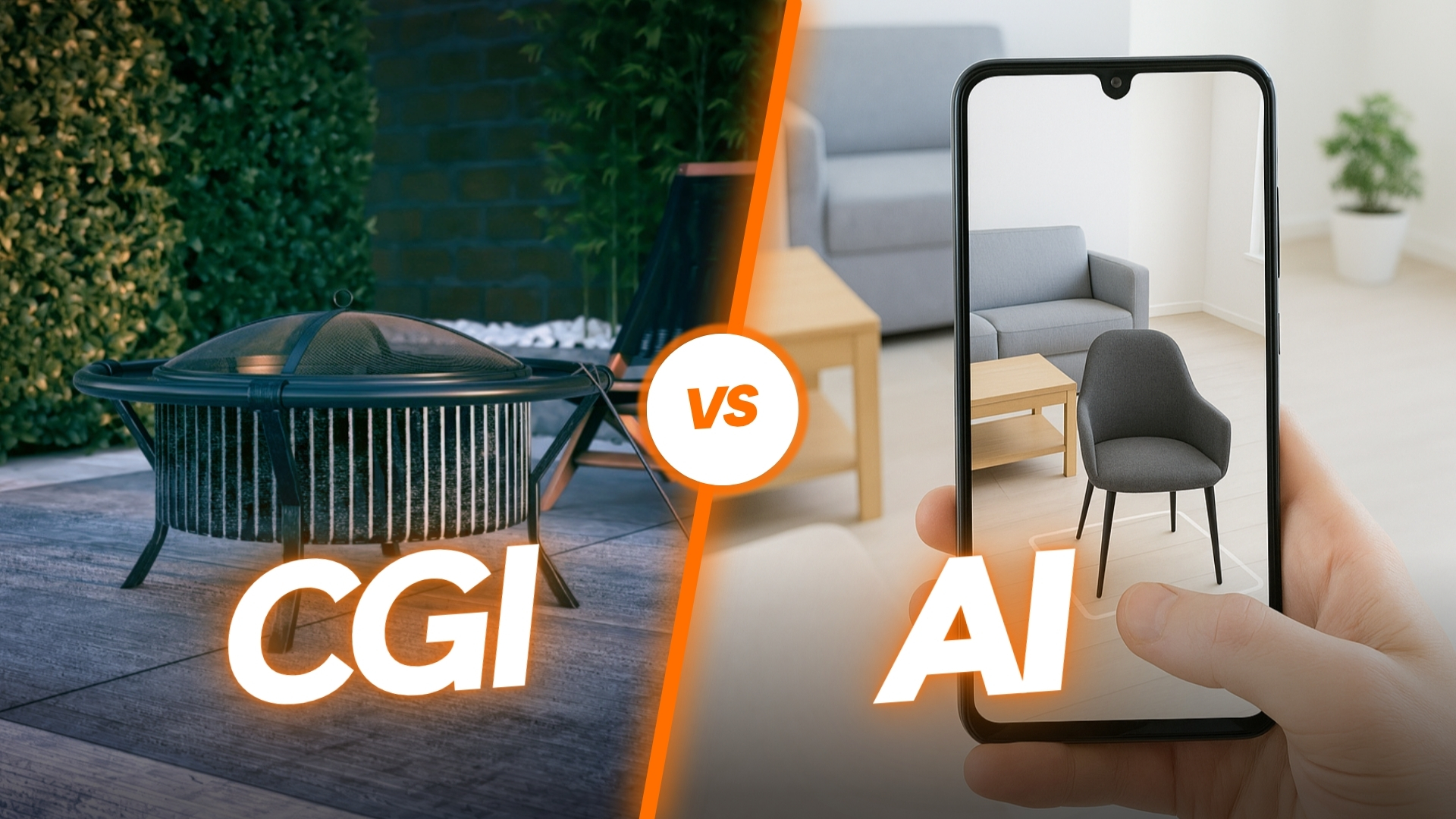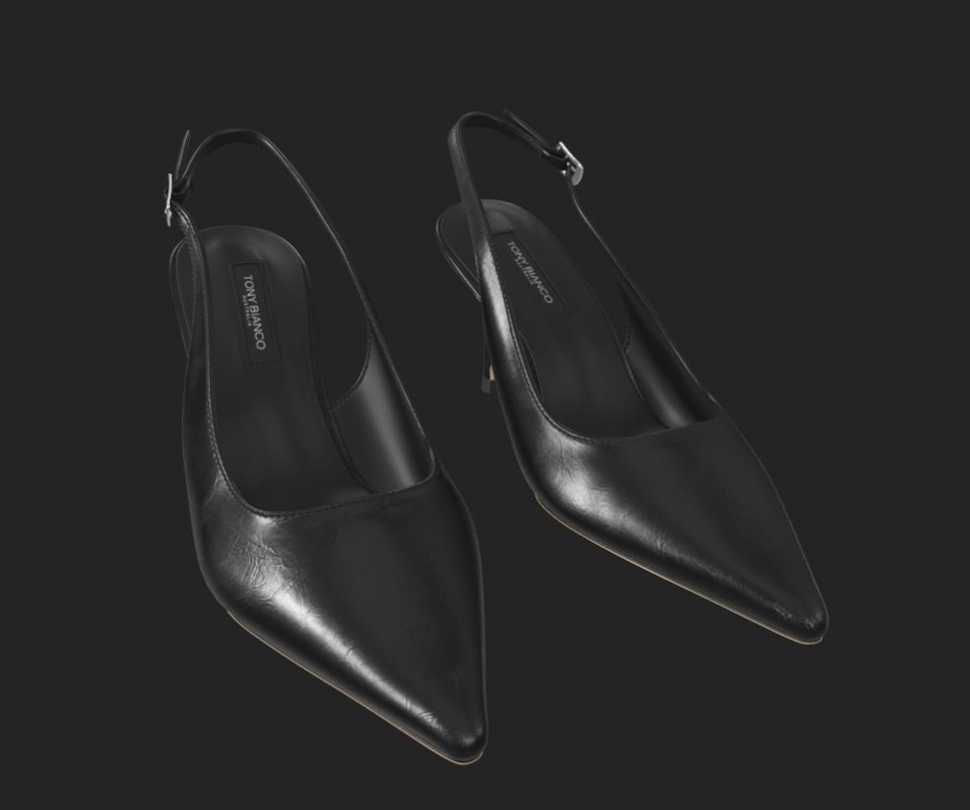Deadlines are coming up fast. Your team has a lot on their plate. However, the need for impressive 3D visuals is growing. Does this sound familiar?
You’re not alone. Imagine saving 60% on costs, finding top talent, and easily managing your projects. This is what outsourcing 3D rendering can do for you.
Whether you’re a small studio chasing tight deadlines or a seasoned developer with big goals, this guide is your key to working smarter, not harder. Curious how it works? Let’s get started.

Why Outsourcing 3D Rendering is a Strategic Decision?
Access to World-Class Talent
- Work with experienced artists from around the world.
- Get the best result for your unique project.
Flexibility
- Need more help? Less help? Adjust services as your project changes.
- Great for small tasks or big, ongoing projects—it’s up to you.
Cost Savings
- No Hiring Costs: Save $60,000–$110,000 per year on 3D artists’ annual salaries.
- Save On Software: No more licenses such as Autodesk 3ds Max ($1,875/year) or Coronarenderer ($418/year).
- pay-as-you-go: Only pay for the services you see value in.
Focus on Core Business
- Spend your time doing what you’re best at, like designing or managing clients.
- Let the experts handle the technical, time-consuming stuff.
Boosting Quality and Growing Expertise
- Access to specialized artists focused on specific rendering styles
- Advanced software skills with the latest features
Risk Mitigation
- Backup teams for project continuity
- Guaranteed delivery timelines
- Secure data handling and confidentiality agreements
Faster Turnaround Times
- Professional studios ensure quick and efficient delivery
- Get your renderings done quickly, even on tight schedules.

When to Consider Outsourcing Your 3D Rendering Work
Lack of In-House Expertise
Overloaded Teams
Occasional Rendering Needs
For businesses with scattered rendering requirements, outsourcing is more cost-effective than maintaining an in-house team.
How to Pick the Best 3D Rendering Company
Evaluate Portfolios
Check Reviews and References
Do an Assessment of Technology and Expertise
Consider Turnaround Times
Key Questions to Ask Before Hiring
- What is your experience with similar projects?
- Can you share samples of past work?
- What file formats do you deliver?
- How do you handle revisions and feedback?
- What safeguards do you implement for intellectual property?
The Step-by-Step Process to Outsource 3D Rendering
Identify Project Requirements
Research Studios and Shortlist Them
Assess and Choose The Right Partner
Establish Clear Expectations via Contracts and NDAs
Establish Regular Communication
Finalize Deliverables and Approve
Addressing Common Challenges and Solutions
Although outsourcing provides many advantages, it can also present challenges. Here’s how to address them:
Challenges | Solutions |
Ensuring Quality Control | – Ask for frequent updates – Use milestone-based payments |
Clear Communication | – Use project management tools like ClickUp – Choose providers fluent in your language |
Protecting Intellectual Property | -Collaborate with reputable companies that value nondisclosure. |
Cost Insights
Market Rates for 3D Rendering Services
Cost Benefits of Outsourcing vs. In-House Rendering
Outsourcing saves on software licenses, hardware, and full-time salaries that can drain significant resources
Cost Component | In-House Rendering | Outsourced Rendering |
Salaries and Benefits | – Annual Salaries: 3D artists in Western Europe and the USA earn between $50,000 and $100,000 annually. – Additional Costs: It usually needs you to pay benefits, taxes, training charges, etc. | – Project-Based Fees: Basic renders start at $50, while detailed projects can exceed $10,000. – No Additional Employee Costs: No benefits or training expenses. |
Software and Licenses | – Initial Investment: High costs for purchasing 3D modeling softwares. – Ongoing Expenses: renewals add to the expenses. | – Included in Service: Outsourcing partners bear the cost of software and licenses. |
Hardware and Equipment | – High-Performance Systems: Large amounts of computer equipment and specialized hardware. – Maintenance Costs: Ongoing expenses for equipment upkeep. | – No Direct Costs: The service provider manages necessary hardware and maintenance. |
FAQs
How to benefit from 7CGI
- 3D architectural visualization services
- 3D product rendering services
- 3D furniture rendering services
- 3D Jewelry rendering services
- 3D interior visualization services
- 3D exterior rendering services
- 3D floor plan rendering services








